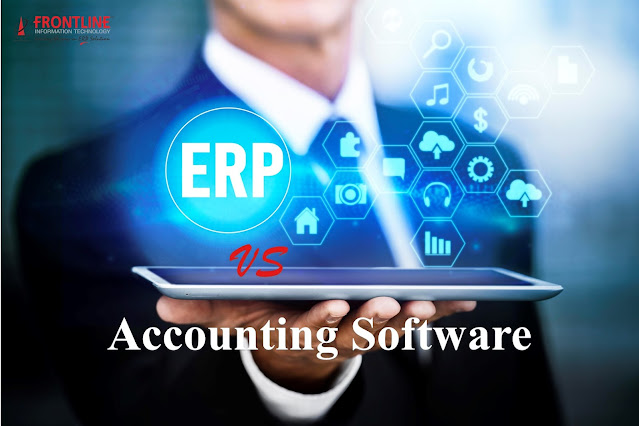5 indications that it’s time to upgrade your ERP system
Companies often spend
enormous time internally debating whether or not they should update their ERP
system to the latest version, with many are unsure just how they can tell
whether the time is right or not to sanction an upgrade. Below 5 indicators
will help them to say if there is a need to their ERP.
1. No mobile functionality
With business in general becoming increasingly
remote and about working on the move, ERP system should complement this change
in culture by allowing users to access certain features of the system on their
mobile phone. While for the time being at least, mobile apps are not going to
offer the same level of insight and features that user would get from his
desktop. By allowing the user to work on the go, it prevents the traditional
backlog of the transactions which can be done on real time.
As time progresses, features
that may have been considered not essential, or a luxury when first implementing
current version, are likely to be fairly standard practice within the industry later
on.
Regardless of whether it is a system feature,
such as integrated analytics / intelligence, or a functionality that is
specific to the industry, not being able to utilize recent technology puts the
business at risk of being left behind, especially if the competitors have
access to the functionality.
Ideally, the company businesses should be
looking to make the most of not only standard features, but emerging,
cutting-edge technology to ensure it possesses a competitive advantage.
As with any software
provider, they will commit to support, spending their time developing and
supporting the most recent version, and in most instances, the preceding
version.
If the company is running an unsupported and
outdated version of ERP system, then may be the client is tempted to stay on it
until it eventually becomes inadequate.
While this may save money in the very
short-term, leaving it too long to upgrade the ERP system means the
organization will have to jump several versions in one upgrade. The ussers are
also likely to be faced with a whole host of new features and a different
interface, leading to a more time-consuming and costly transition.
Ensuring the business systems
seamlessly work together is one of the key factors behind how efficient
businesses are able to be when it comes to their system processes. Relying on
an ERP system that is not integration-friendly and prevents from automatically
transferring the data to another system, can lead to a serious decrease in
efficiencies and an increase in manual work.
Modern ERP versions tend to
be more open to integration, naturally making it easy for developers to ensure the
business systems are working in partnership.
5. Not compliant
As software developers
release new updates, they naturally stop actively supporting older versions,
meaning if new regulation comes in, those on older versions run the risk of not
being compliant. While ERP vendors will
be developing their software to ensure it helps their users be compliant, they
are likely to only release the patch to recent updates, leaving those on older
versions possibly incompliant, and having to spend considerable sums trying to
ensure they are.




Comments
Post a Comment